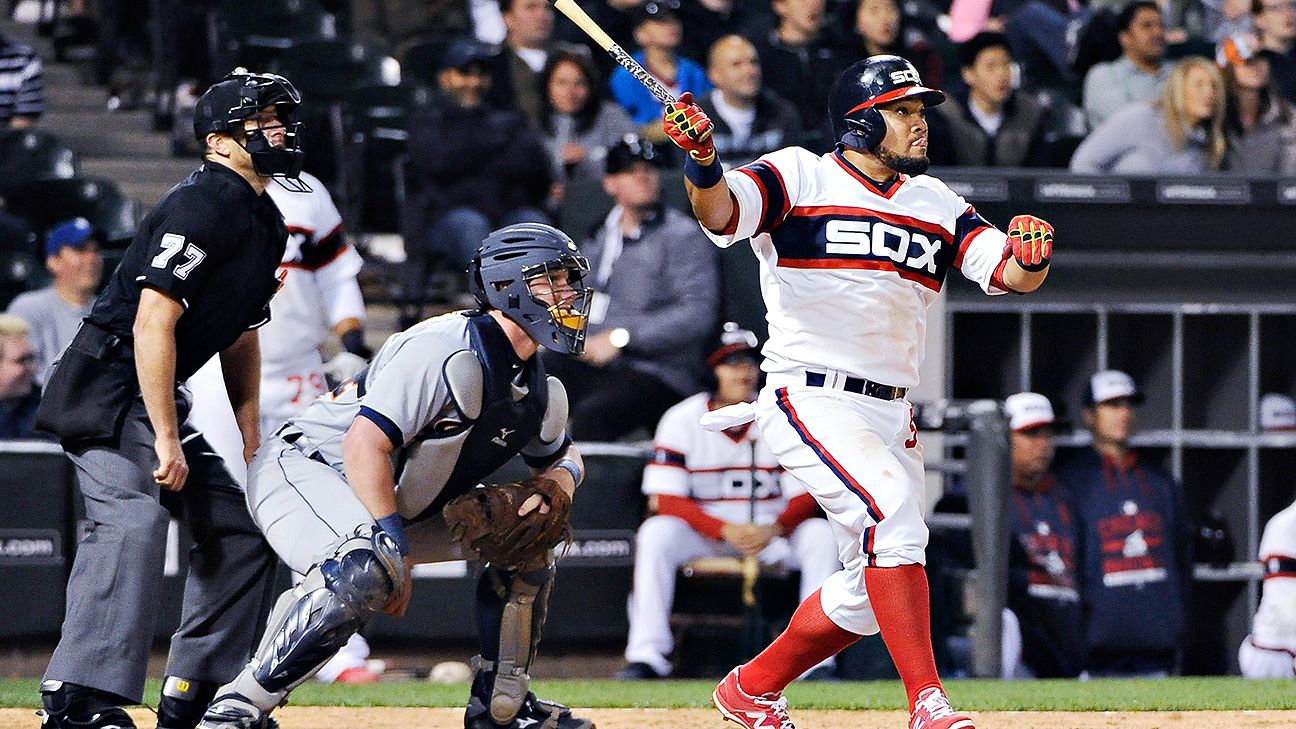

Vaughn and Kopech are practically untouchable. All four have since graduated from prospect-dom and have become pivotal parts in a White Sox first-place campaign. The system was viewed as extremely top-heavy prior to this season with Andrew Vaughn, Michael Kopech, Nick Madrigal and Garrett Crochet leading the pack. The reality for Rick Hahn at this year’s trade deadline is that the prospect capital he has to trade from is not strong. Two stable veteran additions to go along with Hendriks, Kopech, Bummer, Crochet, Heuer, and Burr/Marshall would be fantastic, and getting at least one veteran needs to be viewed as a must. Even with this, they still have the fourth-highest fWAR among major league bullpens this season. The story told here is that after their dominant closer, the White Sox bullpen has a lot of uncertainty. He can certainly be a front-end option in a postseason bullpen, but Burr can’t be the eighth-inning guy. It seems as though La Russa has liked Burr’s ability to command his fastball when some of the other aforementioned bullpen options have been unable to do so.

To his credit, Burr earned some of these opportunities after giving up only two hits through his first 14 innings this year. Thus, the current best options in front of Liam Hendriks in the White Sox bullpen can’t be confidently thrown out there by Tony La Russa on a game-to-game basis.īecause of this, we’ve seen Ryan Burr inserted into some high-leverage set up situations that he really doesn’t have the stuff for. Both have Fastball/Slider combos that are lethal at their best, but consistently getting in put-away positions has been the problem. If he’s healthy, and with forearms that could be a big “if,” Marshall should still be in the mix come playoff time.Īaron Bummer and Garrett Crochet both have been extremely effective at times, and at others their fastball control completely eludes them. His changeup is still nasty, but he’s gotten unlucky with its results (.341 BA. His 2.89 ERA isn’t exactly what it looks like.Įvan Marshall is currently out with a forearm injury, with no timetable for his return. His 97 mph fastball is a solid weapon mostly because of that velocity, but Ruiz doesn’t have another pitch that hitters really have to worry about. José Ruiz has been fine in mop up duty but has struggled in the brief opportunities that FanGraphs qualifies as medium- or high-leverage. He’s due for some positive BABIP luck, too. 372 xFIP is still in the 62 nd percentile, only up 12 points from 2020. Even with Heuer’s 5.26 ERA, he shouldn’t be demoted like Foster – Heuer’s. The pitch’s batting average has soared from. His sinker velocity and spin are both down while correspondingly its whiff rate is down 10%. All of the middle-middle sinkers that Heuer has thrown this year were not middle-middle last season. 412 this season.Ĭodi Heuer was also due for some regression (.193 BABIP in 2020), even with stuff that was downright exciting last year.

His fastball (still possessing elite vertical movement) and changeup combo that drove his 2020 success hasn’t been the same, with both pitches ending up over the middle of the plate far too often. He’s given up twice as many hits and four times as many homers compared to last season. Matt Foster was expected to regress, and has he ever. I would have never thought that a reliever would be need No. This is certainly surprising given this group’s pre-season outlook. Second base has been an obvious need since Nick Madrigal’s hamstring injury ended his season, but acquiring at least one relief pitcher should be viewed as the more pressing need. The White Sox have holes to fill prior to Friday’s trade deadline.


 0 kommentar(er)
0 kommentar(er)
